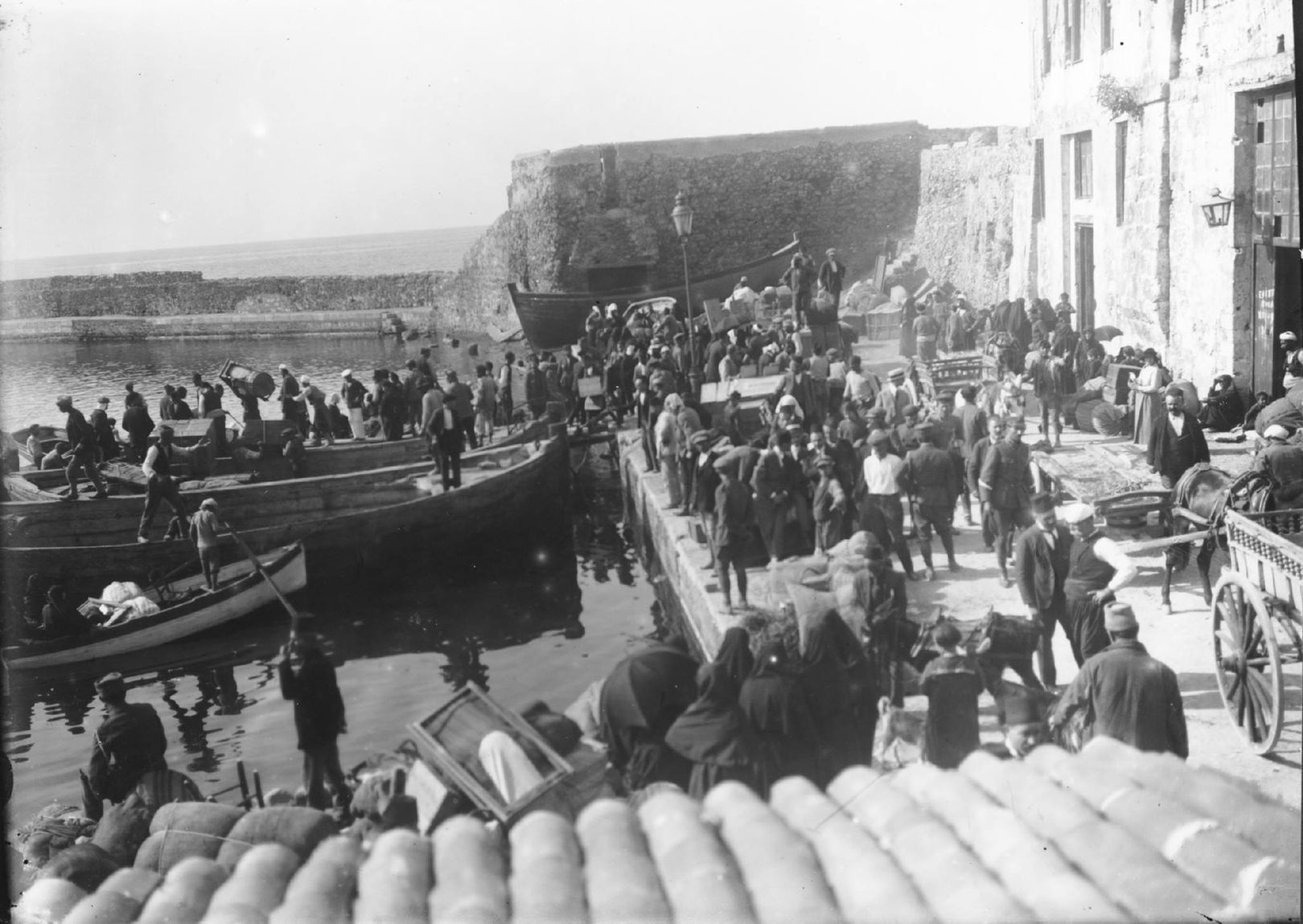Kyriakos Balis and the formation of his Asia Minor identity
City
Migration Period
City Narratives
Tag
Category
Full Description
Kyriakos Balis has been the vice president of the ‘Agios Polykarpos’ Brotherhood of Asia Minor Refugees in Chania for the past thirty years. He was born in Chania in the 1950s. He still lives in the neighbourhood where he was born, Splantzia, a former Muslim quarter which became a refugee neighbourhood after the population exchange.
Kyriakos’ life is full of travels. He started out as a seaman, stopping at various ports across all continents. Then, as he started becoming active in the Brotherhood, he regularly organised trips to Turkey. He oversees all the group trips organised by the Brotherhood for people of Asia Minor origins. The purpose of the trips is for the descendants of Asia Minor refugees to become acquainted with their places of origin, see from up close the places that feature so prominently in their ancestors’ stories, and visit sites important to refugee memory.
Kyriakos represents those second-generation descendants who centred a large part of their life and activities around the memory of another life in Asia Minor. He is inspired both by the mediated memory of Asia Minor communicated by his refugee relatives, but also by the lived memory of actually growing up among them. Moreover, his deep emotional connection to his ancestral homeland might have been inspired by the stories he heard, but was also bolstered by his own pursuit of an active relationship with the people residing there today, the descendants of Cretan Muslims who, in turn, tell the stories of their own ancestors in Crete. In his interview, Kyriakos offers rare insight into how he alternates between his ‘Cretan’ and ‘Asia Minor’ identities depending on the context.
His family story which gave rise to his refugee identity is a typical story of displacement. His grandparents on his father’s side used to live in the wider area of Kuşadası: his grandfather was from Ayasuluk, his grandmother from Kirkintzes (Şirince). His grandfather was a soldier in Turkey at the time of the Asia Minor Catastrophe. His grandmother gave birth to twins in July 1922. Probably due to the grandfather’s absence, the grandmother was living with her family at the time. The Catastrophe and all that ensued forced them to flee to Greece. Kyriakos’ grandmother with her twins, her sisters and their children boarded a boat that got them to Chania. His grandfather’s siblings took a boat for Kavala. Kyriakos’ grandfather stayed back in Turkey and the family didn’t learn his fate until decades later. His wife and son died before they could know what had happened to him.
This is the family environment that Kyriakos grew up in. His mother was from a village in the Chania area. When she married his father, she moved into his family home and had six children with him. ‘I remember my grandmother telling us stories. The winters were heavy and we were sitting around the brazier. This was Splantzia, I’m not talking about some remote village, but back then the neighbourhood was really poor and run-down. We burned lamps because there was no electricity, no running water […] that was in 1958, ’57, ’60’. From Kyriakos’ descriptions, we get a sense of the conditions under which narratives transformed into experiences. The winter was heavy, the days were short, the family was poor. There was nothing much this extended family of refugees could do but sit around the brazier and listen to grandma’s stories about Kirkintzes and everything that happened in Asia Minor. And these stories were in Turkish.
These stories then became the narratives and memories that led Kyriakos to seek his origins in Turkey, where he found meaning in sharing his Asia Minor identity with the exchangeable Muslims who in turn shared their Cretan identity with him.
